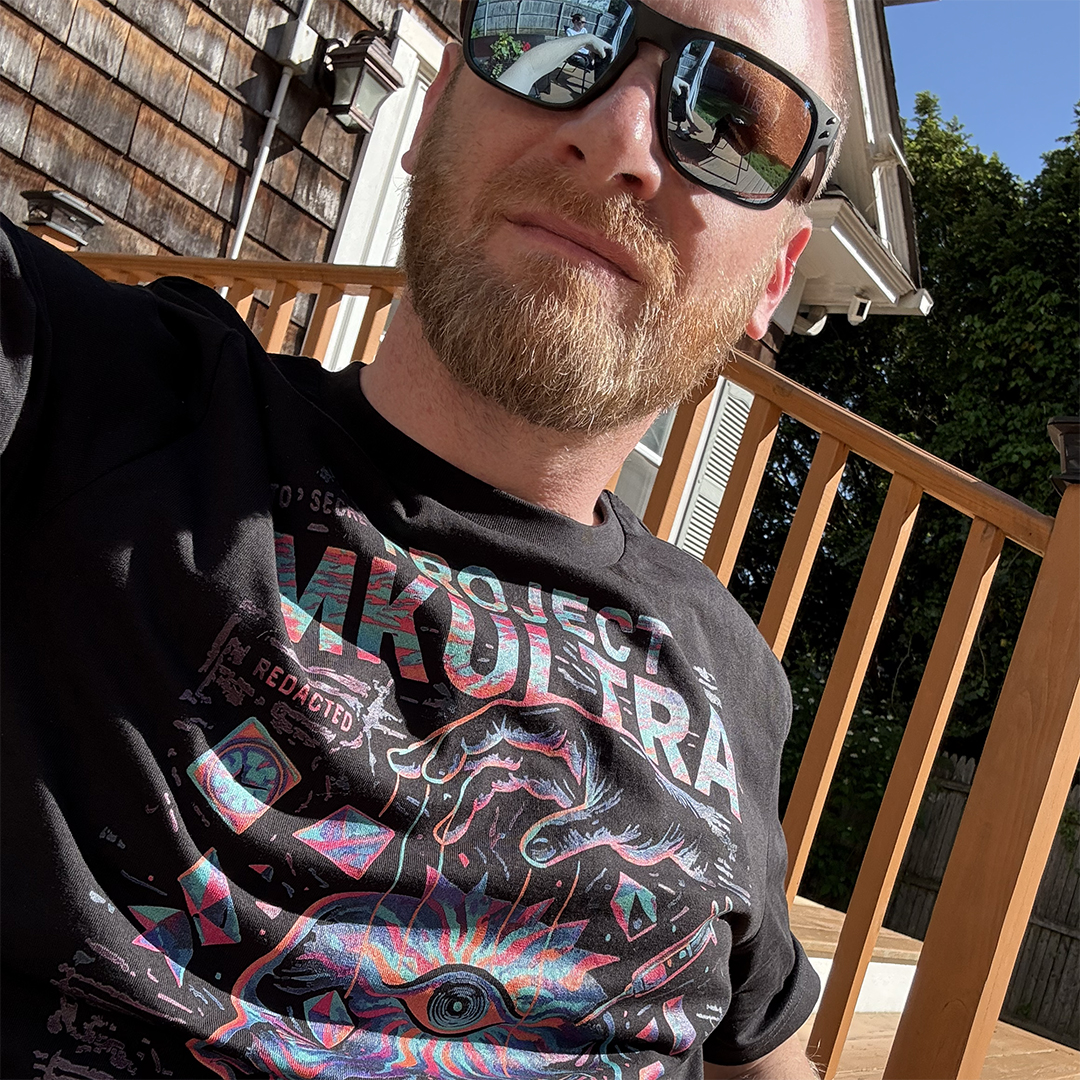Bridging Creative Direction and Operational Design
- William Cassar

- Apr 20
- 3 min read
Updated: 4 days ago
In the creative world, we spend so much time talking about concepts, aesthetics, and storytelling that we sometimes forget another equally important part of the work: the systems behind the ideas. Over the years, my career has pushed me to live in both spaces—on one side, creative direction and visual strategy; on the other, process design and operational problem-solving. It’s a combination that has fundamentally reshaped how I approach every project.
And honestly? It’s become one of the most valuable parts of my creative practice.
Creativity Needs Structure (Even When We Don’t Want to Admit It)
Early in my career as a designer, I thought great work came from inspiration. But as projects grew and teams expanded, it became obvious: good ideas don’t thrive without good process.
Creative direction brings the vision.Operational design makes sure the vision actually comes to life. When these two disciplines talk to each other—really talk—the work becomes clearer, the team becomes stronger, and the end result becomes far more intentional.
The Sweet Spot Between Vision and Execution
Art direction asks questions like:
What’s the emotional tone?
What does the brand need to communicate?
How do we make the work feel unified and compelling?
Operational design asks:
Who needs to touch this?
What’s the workflow?
Where can we prevent friction, rework, or ambiguity?
I’ve learned that when these perspectives overlap, you get something powerful: a creative process that feels both inspired and manageable. You make space for experimentation—but you also set guardrails that keep projects moving.
It’s not about bureaucracy; it’s about clarity.
A Creative Director Who Understands Systems Thinks Differently
Working across fashion, consumer brands, and regulatory-heavy industries taught me that the best creative doesn’t just look good—it functions well within constraints.
Understanding operational systems helps me:
Translate creative goals into realistic deliverables
Build processes that support designers instead of slowing them down
Communicate more effectively with cross-functional partners
Solve problems proactively rather than reactively
Keep campaigns consistent across channels and teams
This blend lets me move fluidly between the big picture and the mechanics behind it. I can define a visual direction in the morning and restructure a workflow in the afternoon—and both feel like part of the same creative goal.
Why This Matters for Modern Creative Teams
Today’s creative environments move fast. Faster than ever. Teams are hybrid, deadlines are tight, and visual expectations are sky-high. If a team doesn’t have a solid operational backbone, the creative work suffers—no matter how talented the designers are.
Bridging creative direction and operational design creates:
Smoother collaboration
Faster decision-making
More consistent visual outcomes
Less rework and less burnout
Space for designers to do their best thinking
It’s the kind of environment where creativity can actually breathe.
The Human Side of Operational Creativity
People sometimes treat “process” as the opposite of “creative.” In my experience, the opposite is true. When workflows are well designed, teams worry less about logistics and more about ideas. You give creatives time back. You give them clarity. And clarity is one of the most powerful creative tools we have.
The goal isn’t rigid structure—it’s intentional flow.
Closing Thought
For me, bridging creative direction and operational design isn’t a balancing act; it’s a synergy. It’s the space where ideas gain momentum, where teams feel supported, and where visions turn into real, measurable results.
It’s the work behind the work—and it’s where creative leadership is heading.